Help Isom IGA recover from devasting floods
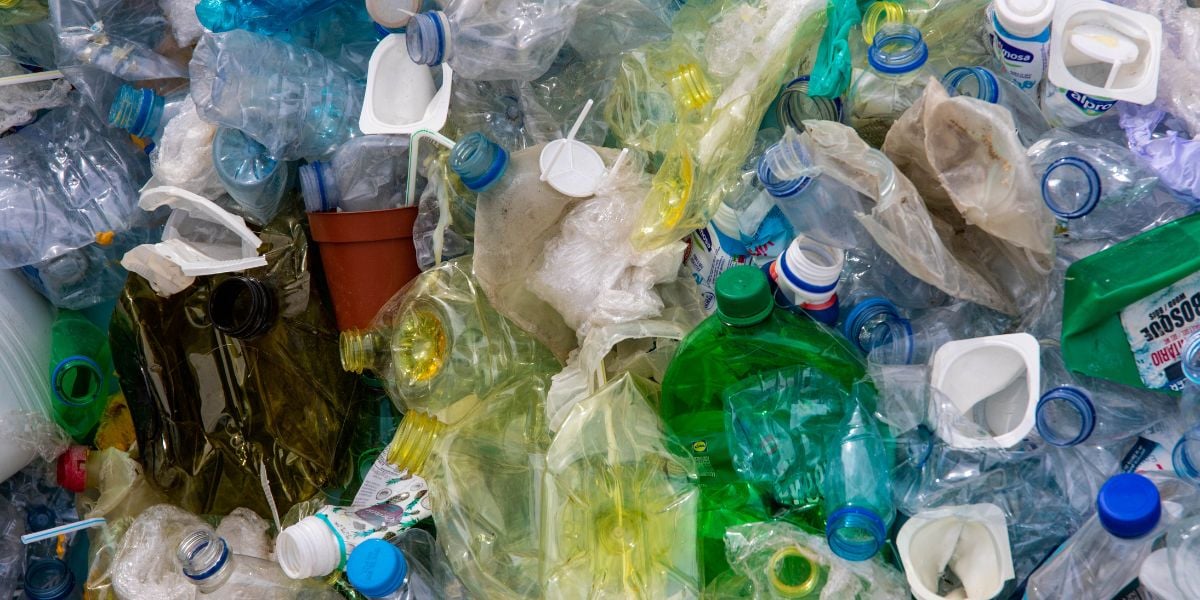
1 min read
Food Retailers & the Future of Sustainable Packaging
Written by Ratio Institute
Apr 5, 2023
Venture into a typical grocery store and you’ll find food, household products — and lots and lots of packaging. From the plastic film used to keep cheese fresh to the aluminum cans that ensure your soda stays fizzy, supermarkets showcase a dizzying array of packaging materials and technologies. But how does all the packaging we find at the grocery store affect the environment? What role can food retailers play in mitigating packaging’s negative impacts?
In search of answers, IGA's Sustainability Partner Ratio Institute spoke with Dr. Laura Thompson, an independent consultant with deep experience in sustainable packaging. A PhD in paper science, Thompson served for 12 years as director of sustainability for Sappi North America, which sells pulp, paper, and other wood fiber products. More recently, Thompson’s work has focused on addressing the environmental effects of plastics. Thompson is currently leading development of a Recycled Material Standard for GreenBlue, which is the parent organization for the Sustainable Packaging Coalition, and works on strategic projects for the Recycling Partnership.
In this interview, Thompson shares why food retail establishments should be seen as recycling infrastructure, new policy ideas reshaping the packaging landscape, and the sustainability tradeoffs that explain individually plastic-wrapped cucumbers.
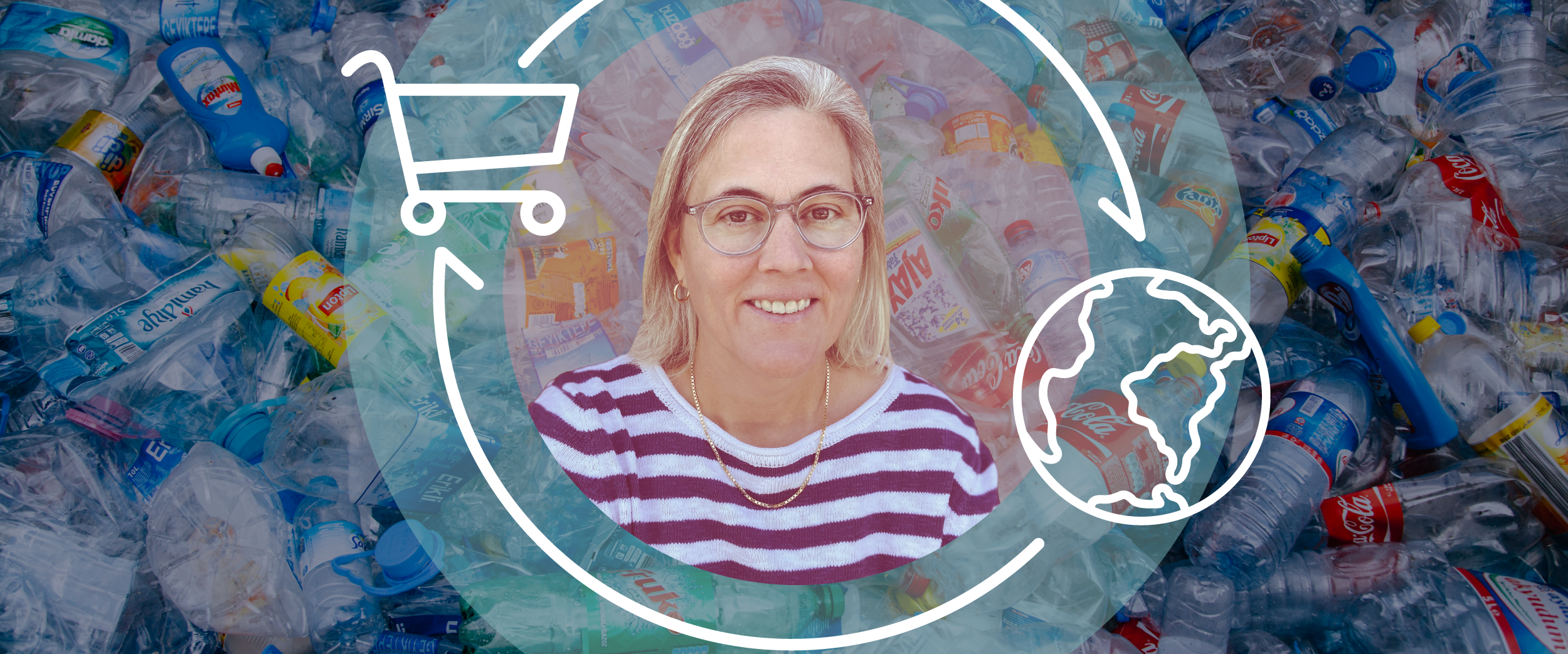
Thanks so much for taking the time to talk. In your view, why is it important to evolve the way we package supermarket products?
Food retailers are the source of so many things in our home, at least in terms of products that aren’t coming through online channels. I think the pandemic highlighted how much we rely on grocery stores. And with so much of what’s in our home coming from supermarkets, the more that retailers can do to address packaging, the less consumers have to rely on guesswork. If retailers and brands do this for consumers — if the retailers can make those decisions, acting on consumers’ behalf — they become a force for good.
How would you describe the state of sustainable packaging today? Are we on a positive trajectory? Still far from where we need to be?
There’s been a lot of progress on source reduction and optimization. Even things like concentrated laundry detergent, which requires less packaging, or laundry pods, where you have dose control, are helpful.
The next big wave is going to focus on reusable containers, which I’m very excited about. We do know that consumers are willing to serve themselves. If someone will serve themselves a soft drink at a fast-food restaurant, they’ll also serve themselves bulk rice at a store.
Beyond source reduction and reusables, there’s so much happening in plastics. There’s been a lot of progress in terms of improving the recyclability of rigid plastics. But the entire recycling system still can’t handle film and flexible packaging. I think we’ll see some transformation in flexible packaging. That’s important, because it’s a segment that’s grown like crazy. Flexible packaging represents nearly 20% of the U.S. packaging market — second only to corrugated packaging. It’s a massive category, especially in food. And it is very useful, but it’s also a whole category that has no end-of-life solution other than landfill. It represents a huge opportunity for improvement.
Where would I see flexible packaging in a grocery store?
In certain aisles, that’s all you see. Chips in bags. Pet food. Cheese and meat wrapped in film. A lot of things that used to be in a box or a carton or a can are now in pouches. Baby food used to be in a jar. Now it’s pouches. It’s done for a good reason. Flexible plastics are lighter-weight. Consumers love pouches, and brands love them, too, because they have lots of printing room on the front. But now we’ve got this massive packaging category where there aren’t recycling solutions.
There are efforts underway to fix the problem, though. For instance, people are working on better single-layer packaging. You might not realize that chip bags have multiple layers. Part of what makes flexible packaging useful is that you can combine layers of different plastics with different properties. But when you combine different plastics, you also have different melting points, which makes them tough to recycle.
So, there’s a big effort underway to redesign some of these packages into a single material type. That also brings us back to food retailers, because they may need to take responsibility for accepting recyclable plastics. Some retailers already serve as drop-off points for plastic bags. Not just shopping bags, but also bread bags. And so now you’re seeing things like granola bags being recycled through grocery store drop-off bins. Food retailers are under-celebrated as a part of our recycling infrastructure. There’s still a huge opportunity for consumer education and behavioral change, though. The best estimate we have is that only about 4% of polyethylene packaging is actually recycled via food retailers.
Is it common for grocery stores to collect flexible plastics for recycling?
Some of the big retailers like Walmart have drop-off bins in all of their stores. In some regions, it’s required by law, but it isn’t always enforced. There is a directory of all the stores that are collecting flexible plastics.
In past interviews, we’ve heard that packaging is an area where food retail sustainability efforts are more visible to consumers (as opposed to, say, refrigerant management). Is there evidence that making investments in reducing packaging waste can earn loyal customers for retailers?
I’ve seen a lot of cases where consumers will say they like something and that causes retailers to believe it leads to customer loyalty. I’ve even heard one retailer say that people will spend more money in a store with a good bulk section. I think there’s a value proposition there, but there’s not a lot of good data. That’s true for a lot of things — whether that’s bulk distribution or better packaging. When you survey people, they say, “I like to do the good thing,” but maybe their behavior doesn’t match that.
I do think people feel more concerned, especially with all the focus on plastics. We’re starting to have things like shampoo bars instead, or detergent powder, and they’re advertised as plastic-free. Whether consumers really care is hard to measure. The fraction that does has really grown. I think there’s a lot of power in business-to-business and supply chain action. Brands like Unilever will say, “We just want to do this across a lot of products.”
For food retailers, what are the most pivotal actions they can take to reduce packaging waste?
Independent grocers can focus on keeping their own house in order. Recycle back-of-house films and pallet wrap. There are also rigid plastics that grocery stores use in-house. If you use things like bakery frosting buckets, there’s a fair amount that can be recycled. Almost everyone now recycles corrugated cardboard, but there are more material streams than there used to be.
As a consumer, what are signs that a food retailer is taking proactive steps? Does the store have a film recycling spot? Bulk distribution section? How is it handling its salad bar? What are the choices that the store is making?
In 2021, France banned the use of plastic packaging on produce. Would something like that be useful in the American market?I don’t think so. This is one of the conundrums we face with packaging. The intersection of packaging and food waste is tricky. Europeans tend to shop more frequently, so things can have a lower shelf life. In the U.S., we maybe go once a week. Packaging protects things.
The single-wrapped cucumber is an example of something where packaging could reduce food waste. That’s important because food waste is responsible for 8% of global greenhouse gas emissions. Packaging can also be useful for portion control. It’s easy to say things are over-packaged, but people may not be thinking of shelf life or portion control. With some things — bananas in bags, for instance – people think, that’s crazy, but it may be about reducing food waste. It’s the tradeoff between food waste and packaging waste. We’re going to continue seeing a lot of experimentation, but it’s a tough one to say we should just ban something.
In California, SB 1335 requires state-owned facilities and contractors to serve customers with food packaging that is reusable, recyclable, or compostable. Do you think that kind of policy offers a promising avenue for reducing packaging waste?
Yeah, we’re starting to see these regional pacts. Companies will sign on to a pact saying how everything they sell will be reusable, recyclable, or compostable. There’s a lot of innovation going on because of goals like that. Similarly, SB 1335 demonstrates that the government will buy sustainably packaged goods and sets a high standard.
Government procurement policies have often played a strong role in showing what’s possible or demonstrating what responsible behavior looks like. I worked in the paper industry. There were comprehensive procurement guidelines for the government in regard to paper, and they always had a major impact on the paper industry. People would say, “If it works for the government, it works for me.”
Could you speak a bit to EPR laws? What does extended producer responsibility mean for packaging?
Many parts of the world have so-called EPR (extended producer responsibility) laws for packaging. It’s not federal legislation in Canada, but it exists in provinces. In the U.S., there are more states where it’s coming to the fore. The idea is to shift responsibility for packaging recycling to producers rather than municipalities. Producers pay a fee that funds recycling or composting of packaging, based on the processing costs associated with the specific kind of packaging they’re producing.
When you have EPR, you have a producer responsibility organization. That organization makes decisions about how to collect and recycle things on behalf of the region, instead of by municipality. Currently, you’ll often see adjacent communities making different decisions about how to recycle, even though all the materials are flowing to the same place. With EPR, producers are paying for the infrastructure to make it happen on a regional scale.
We also face another conundrum. In places where recycling is successful, they have EPR and source separation. Here we’ve gone toward single-stream recycling. I have no idea if there’s a way to educate American consumers to the point where we could return to source separation. There is also a tradeoff in that source separation requires more truck traffic.
In terms of packaging, what would the ideal grocery store of the future look like, in your mind?
Well, I guess if we’re being idealistic, it would have a lot more reusables and extensive take-backs for things that are reusable or recyclable, and ideally brands are already selling things that are reusable, recyclable, or compostable. That’s sort of nirvana. You know, we’ve seen some stores in Europe doing things that are plastic-free. Maybe that’s a step too far; plastic can be useful. Putting everything in an aluminum can doesn’t make sense.
When the computer was invented, people started envisioning the paperless office. Of course, that never happened. Forms, carbonless paper, and so on went away. But many consumers now have a printer at home, and that was also new. So these visions of having packaging-free stores, I’m not sure they’ll come to fruition. Consumers like choice. Packaging is really important and serves a lot of roles.
Paper or plastic?
The answer should always be reusable! It should be neither.
Oh, right! Well now I’m embarrassed . . .
The life cycle analysis shows that plastic bags have a lower carbon footprint, if they’re recycled properly. But that’s the bane of plastic bags — the part where they have to be recycled correctly. It’s a litter problem; they end up like little parachutes in trees. So just on data, plastic wins, but a lot of stores will look at reality and say, well, we’ll offer paper, because we know some of the plastic bags may end up in someone’s tree with our brand name on them. But the answer is to try to bring your own reusable bag.
This column first ran on RatioInstitute.org. To learn more about what independent grocers can do to improve their sustainable efforts, from packaging to refrigeration and beyond, check out the IGA Coca-Cola Institute/Retail Learning Institute's Sustainability Self-Assessment & Certification, created in partnership with Ratio Institute.
You May Also Like
These Stories on Sustainability
Oct 28, 2025 5:11:03 PM |
3 min read
Apr 8, 2025 10:22:29 AM |
5 min read
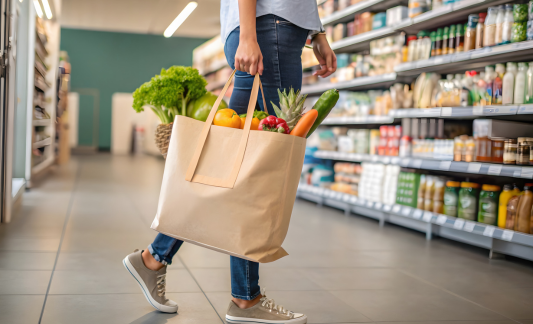
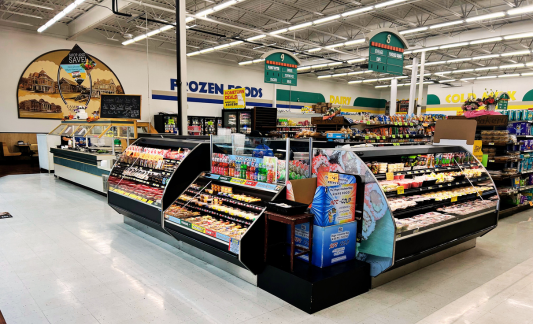
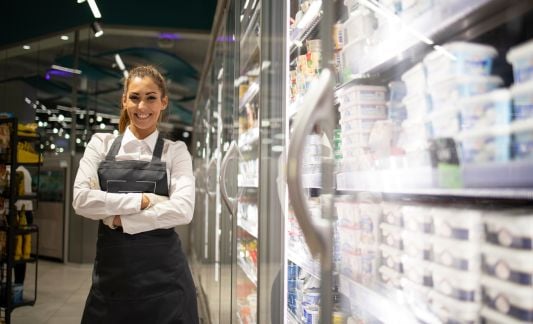
No Comments Yet
Let us know what you think